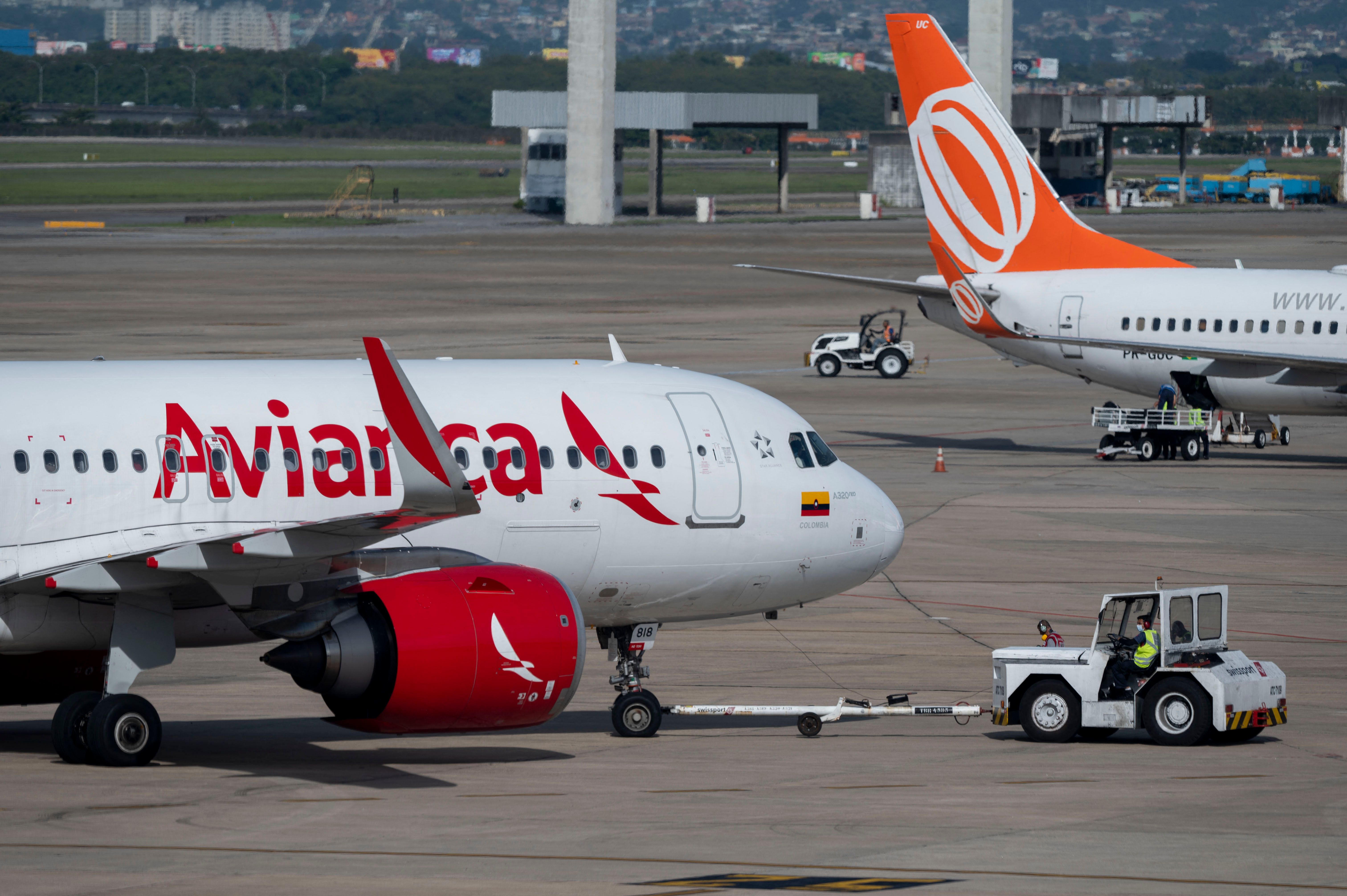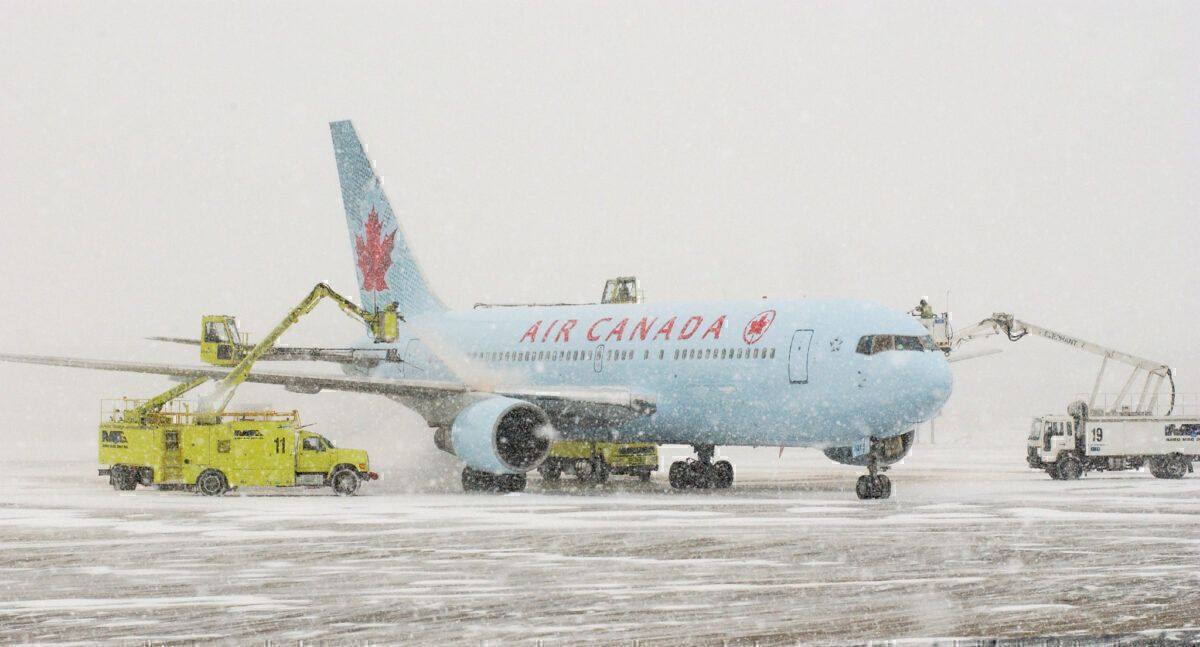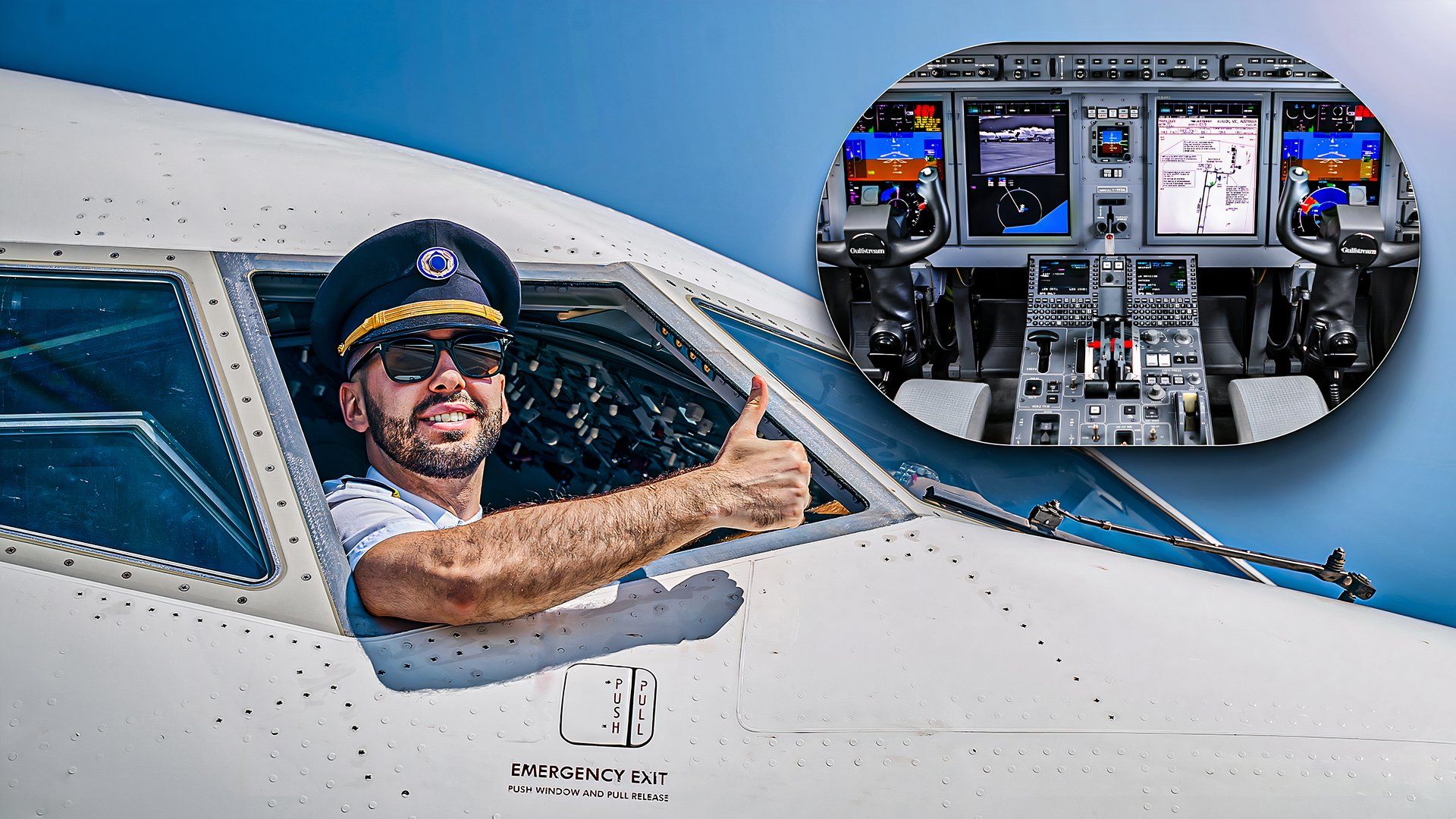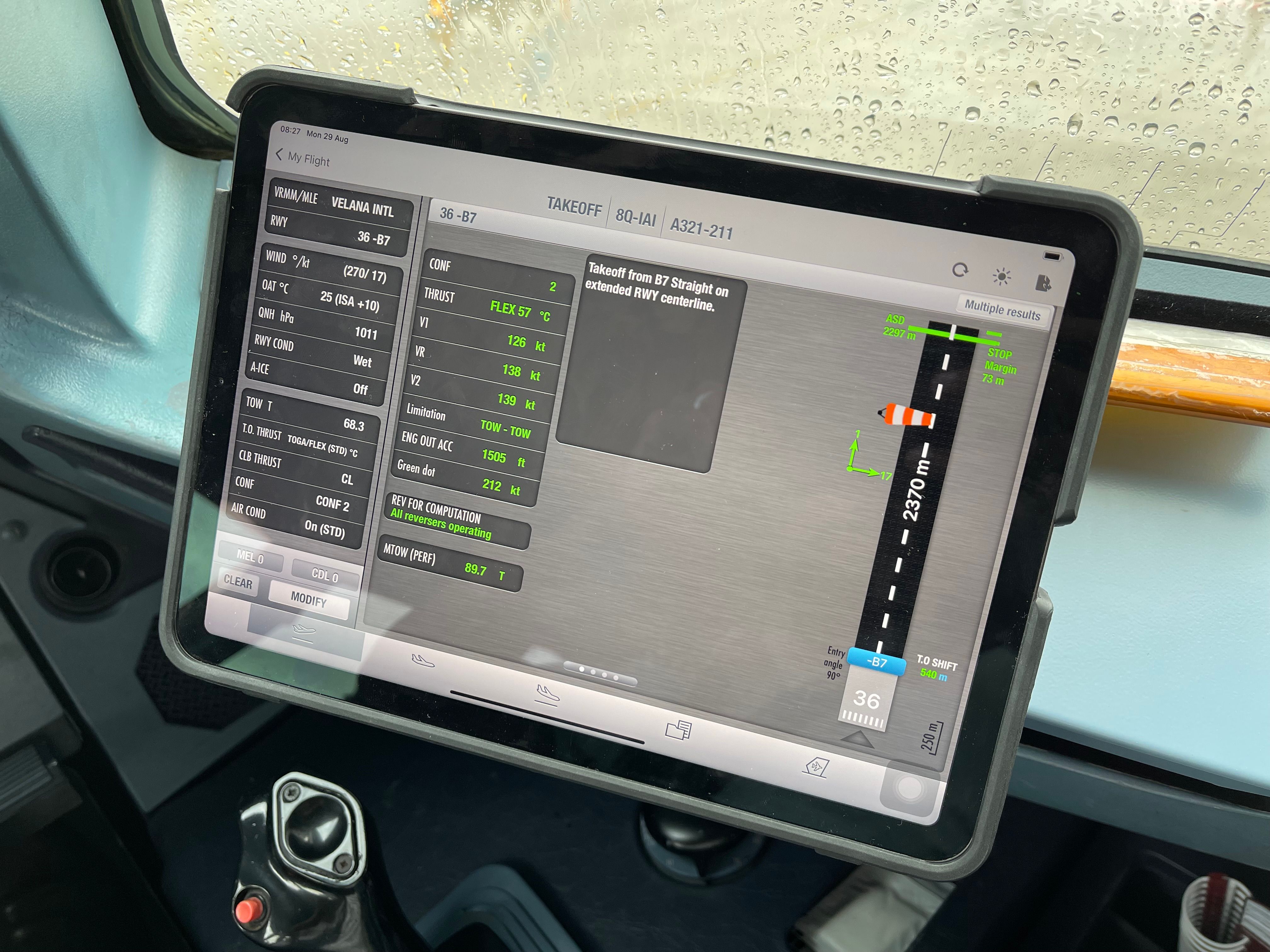Summary
- Pilots use EFBs for aeronautical charts & manuals like the FOM and fleet-specific guides.
- Live-time weather updates on EFBs are crucial for navigation, with dedicated and integrated apps provided for pilots.
- Performance calculators on EFBs are vital for takeoff and landing data, including anti-icing holdover times.
It’s hard to overstate the role technology plays in modern aviation. Pilots use electronic flight bags, or EFBs, for countless job-related responsibilities. EFBs are usually Pads or other tablet-based technology that have replaced briefcases full of paper. Here are some of the apps contained within pilots’ EFBs.
Charts & manuals
It’s nearly impossible to make a universal statement about aviation since the industry has a lot of variability. However, every pilot who uses an electronic flight bag has either charts or manuals on the device. Aeronautical charts include departure, arrival, and approach procedures. They also contain taxi diagrams, special company pages for particular airports or operational zones, and overviews.
Charts can be freely obtained from government publishers (such as FAA charts in the US) or paid subscriptions to Jeppesen or other publication companies. These charts show the same information that government charts depict but are laid out in an easier-to-read format. Airlines provide their pilots access to worldwide navigational charts supplied by the same publisher, which is essential for legibility and ease of use.
Photo: Anas Maaz I Simple Flying
The manuals on EFBs are comprised of a wide array of subjects. Pilots commonly have their company’s operational handbook (the Flight Operations Manual, or FOM). The FOM is a wide-spanning document covering everything from dress and appearance to operational and duty limitations. For pilots, the FOM is considered “the Bible” for interpreting the company’s expectations.
Likewise, each fleet has its own “Bible,” which contains information about the airplane type. This is almost always called “Volume 1” and includes how the company expects its pilots to fly a particular fleet. Volume 1 covers normal, abnormal, and emergency procedures and also contains expended guidance on checklists and flows.
Another important manual in airline pilots’ EFBs is the MEL/CDL list for their plane. MEL/CDL stands for “Minimum Equipment List and Configuration Deviation List,” which is the authoritative document that governs how planes are allowed to dispatch with inoperative or missing equipment. The MEL/CDL contains guidance for everything from burned-out lights to missing window shades to inoperative speed brakes.
The MEL/CDL lists every item that can be deferred and repaired later and has notes for pilots and maintenance technicians to consider and comply with to operate safely in the interim.

Related
Minimum Equipment Lists: Keeping Planes Flying With Inoperative Parts
When an item is set as inoperative, pilots and engineers call the item “deferred.”
Weather, weather, and more weather
Whether they love it or hate it, pilots have no choice but to understand the weather for every flight. One of the most significant advances since the introduction of EFBs has been integrating live-time weather and meteorological prediction capabilities.
General aviation pilots usually pay a nominal amount to access weather applications on their EFB devices. While helpful for the preflight, in-flight internet connectivity can be maintained through various sources, giving general aviation pilots access to weather updates with minimal lag time.
Airline pilots generally have two or more dedicated or integrated weather apps in the EFB. A dedicated weather app only shows weather data, such as convective activity or turbulence plots. It’s common for airlines to maintain their own proprietary weather apps, which are maintained by in-house meteorologists who specialize in aviation weather. Integrated apps display weather data on top of aeronautical charts, such as en-route maps. This weather data comes from various sources, such as national weather providers like the National Oceanic and Atmospheric Administration.
Performance calculators
Every airline computes its performance numbers differently. A few companies require no pilot input and automatically generate takeoff and landing figures. At many other airlines, pilots input weights, weather conditions, and other information into a performance calculator, which generates speeds for takeoff and approach. These apps also determine the “flex” or “assumed” temperature to program the engine performance on takeoff if full power isn’t needed.

Related
A Pilot’s Guide To De-Icing
When and why airlines are required to deice prior to departure.
Pilots receive extensive training on using performance apps because of how critical the data is. When first introduced to performance applications in ground training, pilots use various scenarios to practice making the proper inputs in takeoff and landing performance calculators.
Another important performance app is the deicing holdover timer. Pilots use electronic HOT (holdover time) apps to know how much time they have to take off after being deiced and sprayed with anti-ice fluid. The amount of time is predicated on the type of fluid used and the weather conditions, and airlines’ HOT apps make quick and simple work of what would otherwise be a more complex calculation. Like the other performance numbers, the holdover time must be computed appropriately.
Integrated communications
One more example of an app pilots use is a team-wide instant messaging tool. This isn’t something that every airline uses, but many do. This application essentially serves as a company-issued group chat for the relevant parties working to dispatch a flight.
Pilots, dispatchers, duty pilots, operations managers, ramp agents, flight attendants, the catering coordinator, and other relevant personnel are all looped into a flight’s dedicated thread so that every team member has access to each other despite not being proximate. Pilots can receive updates on fueling or catering in progress or request more pillows or blankets.
Flight attendants can also use this app to communicate with gate agents about overhead bin space availability and the boarding process. Information about delays can also be distributed using this technology. Integrated communications apps are beneficial in keeping many people in many places informed during busy moments.
Technology makes the world go round
For pilots, the EFB might be the most important physical tool for contemporary aviation. Every flight needs at least one operational EFB. As a symbol of their importance, the lack of any working EFBs in-flight would be considered an emergency. Thankfully, EFBs are as dependable as they are non-expendable.


